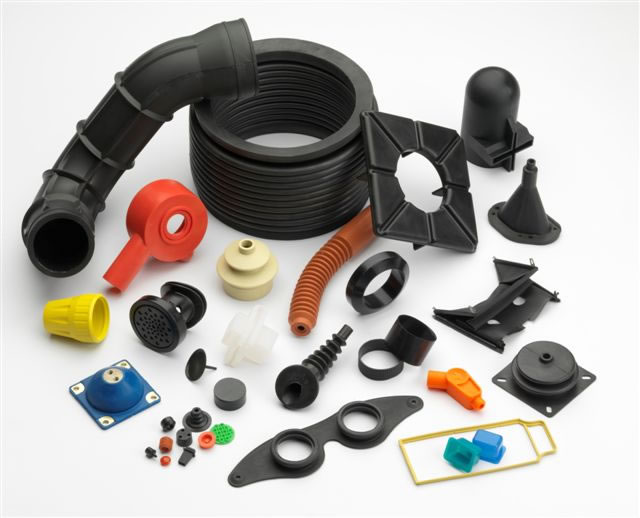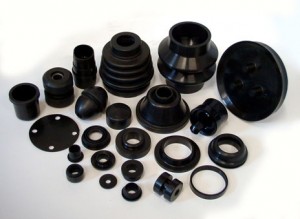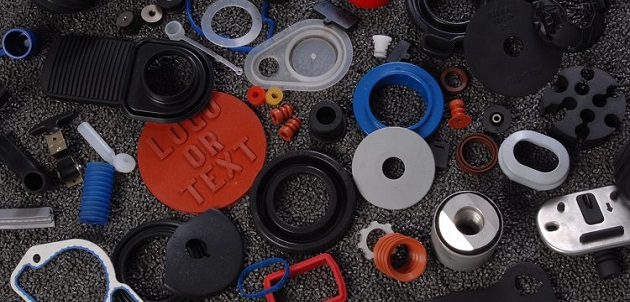Statistics of Natural Rubber Export and Import
The rubber market is purely based on the tire industries that imbibe most of the production of both synthetic as well as natural rubber. The demand for tire is more likely to increase in some of the developed countries around the world. Likewise, the developing nations have multiple benefits from increase in the living standards that ends up in a higher number of vehicle purchase. For the past few years, China has emerged as one of the top exporters of rubber while United States of America ranks at the top in terms of importer of rubber products. One of the top manufacturers of rubber products in Pasadena, California is Lusida Rubber Products, Inc.
If we take at a closer look at the import export statistics of both natural and synthetic rubber, the latter one seems to surpass the former one with respect to export and import. Some of the leading rubber exporter nations across the globe are as follows
China is believed to be the largest exporters of rubber back in the year 2016 followed by Germany and United States of America, Japan and Thailand. The import export statistics indicates that synthetic rubber was the top exported product by United States of America. On the other hand, Thailand supplied natural rubber in vast numbers in the year 2016.
Those individuals who are scouting for superior quality rubbers should visit the official website of Lusida Rubber Products, Inc.
The Lusida Rubber Products, Inc. is a genuine and trustworthy rubber manufacturing across United States of America. The company who keeps track of shipment of rubber products on a regular basis.





